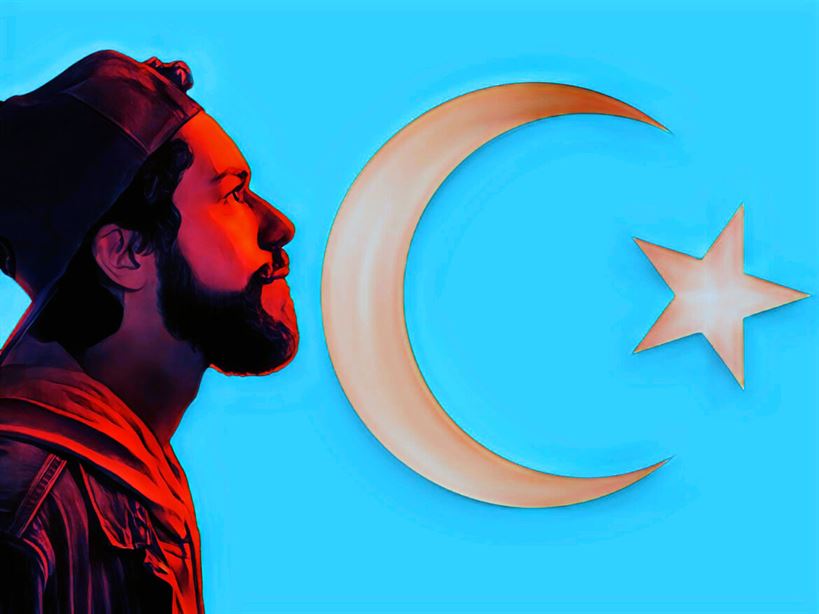The opinion pieces expressed in this publication, The Montclarion, are those of the author(s). They do not claim to reflect the opinions or views of the The Montclarion, other than Editorials written by The Montclarion Editorial Board staff.
A while back, a Muslim acquaintance of mine conversed about the show “Ramy” with pride when it first launched. Although I never watched “Ramy,” I heard it provided an authentic deep dive into a Muslim struggling with his faith that resonated with many. I heard how it touched upon taboo topics, such as how cultures can impose double standards with religious practices for men and women, with authenticity.
To see a show receive so much praise from many Western Muslims at the time was unfathomable. Many of us grew up watching Muslims depicted as violent terrorists or characters riddled with Islamophobic tropes.
Since then, Muslim representation allowed to be shown by Western corporations has steadily been improving. “Ms. Marvel” is a prominent example that has been referenced by some Muslims as a hallmark of good representation.
Despite the genuine advances in Muslim representation recently, I have noticed that popular Muslim portrayal is still limited and lacking in creativity.
The reason appears to be clear. The central problem I have noticed is that popular examples of Muslim representation engage with the religion of Islam in a limited capacity. This places a constriction on Muslim diversity because only the lives of some Muslims are represented accurately and others are not considered.
Additionally, in popular representation, Islam becomes inseparable from the Muslims on-screen, which restricts Islamic presence to the actions of Muslims and ultimately prevents a more symbolic, indirect and conceptual Islam from existing in the medium.
Although popular Muslim representation offers some authentic portrayal of how Muslims interact with Islam, it is usually limited to conflict and tension between Arab or Desi culture and faith, or Islam’s role in Muslim lives is reduced to a set of standard religious phrases, some humor and occasional insight.
In other words, Islam becomes reduced to an identity and does not exist much beyond that. This is creatively restricting, because these stories become safe to tell and expected.
For many Muslims, Islam goes beyond an identity. It defines their existence. It shapes their perceptions, intuitions, thoughts, behaviors and the structures they engage with. To expand upon existing representation, that should be reflected in how Muslim characters are written. Not all Muslims need to be ethical exemplars of their faith. That would also be restrictive and would contribute to the romanticization of the past.
The reality is, however, that Islam plays a far more significant role in the lives of many Muslims than what is communicated through popular entertainment.
Muslims practice Islam all over the world. It is practiced in Bosnia, China, Indonesia, Morocco, Somalia and many other locations. They each practice, struggle and navigate through Islam in different ways. This global religion offers so many unique opportunities to have these diverse realities portrayed. Why don’t those diverse realities have a chance to be reflected on a popular scale?
Muslim characters may not even be needed at all to tell a story that involves Islam. In both the past and the present, art references the concepts and contributions of other religions or philosophies, like that of the Greeks and Christians. The same inspiration can be taken from Islam. Audiences can be exposed to Islam through concepts, stories and vivid imagery. This would be a clever way to expose audiences to Islam without even directly mentioning it, so long as it is done respectfully.
Yes, Muslim representation is better than it used to be, but it is time to set the bar even higher. Allowing for more diverse interactions of Muslims with their religion and portraying Islam more conceptually would be reflective of the realities of a global religion that has existed for over a millennium, and it would provide more opportunities for artists to tell stories that are creative and unexpected.



